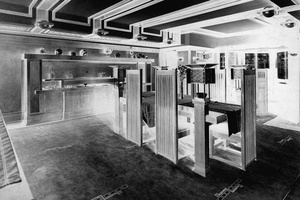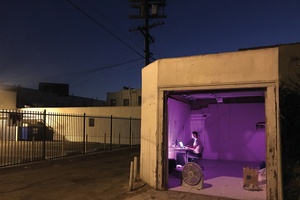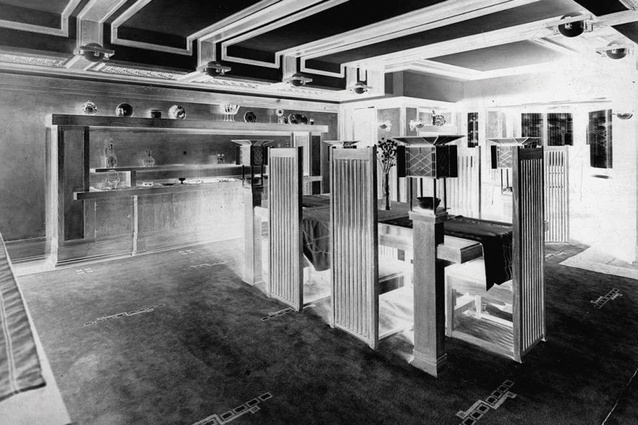Suburban spaces: Garage reveiw
The common garage has a rich past. Here, Simon Bush-King evaluates a book that takes a serious look at the unimposing room attached to our personal sanctums.
Suburbia has been a source of rich pickings for consumers and producers of culture since the second world war. Films like Edward Scissorhands, American Beauty and The Truman Show all tap into a seam of rich visuals and shared experience accessible to anyone raised in a suburb or having consumed its reflected content.
Often overlooked, despite its prominent position fronting the street, the garage has come in for closer inspection thanks to a collaboration between artist Olivia Erlanger and architect Luis Ortega Govela. The authors bring together a motley collection of garage-based mythologies used by well-known US companies and personalities as key parts in their origin stories.

At its core, however, is a fascination between the inherent conservatism of the American suburb and the role of the garage in both reinforcing this conservatism while also fostering creativity and divergent behaviour. This feedback loop between seemingly contradicting forces keeps the stories interesting. At the same time, it strengthens the understanding that they are two sides of the same coin.
Born out of a unique set of circumstances in the US at the beginning of the 20th century, the suburb grew with the motor car and the accessibility of the long-term mortgage as a solution to the banking crisis after the 1929 crash. These mortgages, highways and suburbs created the foundation for massive wealth over the next 50 years, but were premised on three deliberate policy moves that would define the American suburb; each house had to be stand-alone and have a garage, and its occupants needed to be white. Given these policies, coupled with self-segregation based on income and a desire to live close to others of similar social and religious beliefs, it is little wonder that homogeneity ensued.
The authors connect these broader moves from the 20th century to those of seemingly ‘right now’ in a fluid and compelling manner. Cultural studies can make for great reads. Necessarily wide ranging but rarely exhaustive, they typically take an element of current culture and connect it to wider systems of power, creating a narrative of connections and anecdotes as they go.

Garage takes just such an approach, starting with Frank Lloyd Wright and the growth of suburbia before delving into one of the hottest buzzwords in the interior world right now – the idea of garagefication. It’s a concept with two attractive features. Firstly, it allows the user to bask in the reflected glory of other garage myths – those of the scrappy start-ups, like HP, Apple, Google and Disney. Then there are the practical attributes – adopting the flexibility and resourcefulness of a space that goes from storing a car, to being a gym, to hosting band practice.
Garage introduces interesting duos and their stories, including Steve Jobs and Steve Wozniak, and Gwen Stefani and Tony Kanal. To this list, we must of course add the authors. A productive and useful tension between the artist and the architect reads strongly, never letting a single tone to establish itself. Rather than being difficult to follow, it keeps the focus squarely where it belongs: crafting a narrative history of the humble garage as a vehicle to describe complex, connected ideas about how we arrived where we are today.
Just as we spend little time considering the large doors fronting our streets and cul-de-sacs, we spend limited time considering the policies and politics that give form to our cities.
This article first appeared in Interior magazine.




![Simon Bush-King noted that <em>Garage</em> "[crafts] a narrative history of the humble garage as a vehicle to describe complex, connected ideas about how we arrived where we are today".](https://cdn.architecturenow.co.nz/site_media/media/cache/d7/91/d791a40154643cf6322e0133963c6749.jpg)








